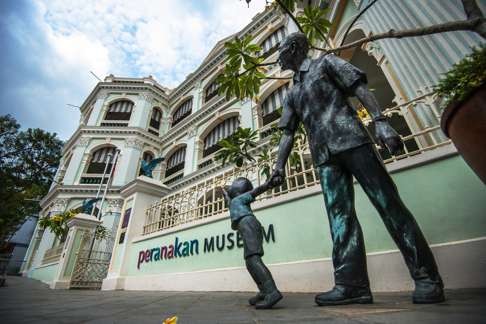
Five ways to explore Singapore’s Peranakan culture, from food to architecture, homewares and hand stitched slippers
Descendants of the city’s Straits-born Chinese left their mark, even if only traces remain today of a rich creole culture
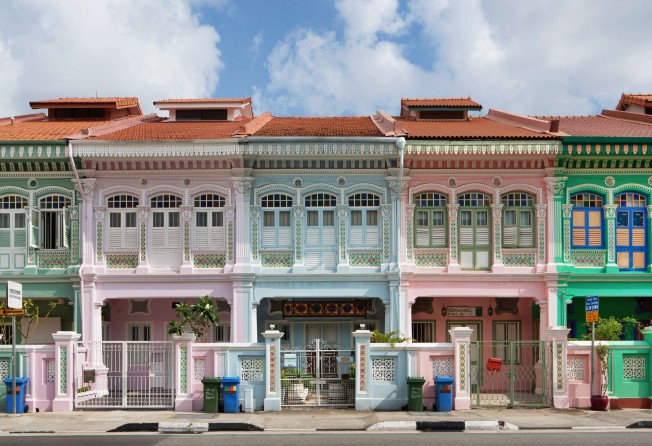
Today only traces remain in Singapore of one of the world’s most precious creole cultures, but the city state is at last making efforts to preserve and showcase what’s left.
Straits-born Chinese – the Peranakan (which means “born of”) – are largely the descendants of Chinese immigrants who came to Singapore in the 17th century and married local women. The Peranakan culture, a hybrid southeast Asian culture of Chinese, Malay and Indian influences, also has esoteric Portuguese, Dutch and Indonesian traces.
Assimilation may have dulled its character as a distinct modern culture, but there are Peranakan touches all over Singapore, particularly in its food and architecture – as long as you know where to look.

A good place to begin seeking a deeper understanding of the Peranakan culture is at this museum (39 Armenian St, peranakanmuseum.org.sg). Though many in Singapore claim Peranakan heritage, it’s a hard culture to pin down, and the museum’s explanations are helpful; the umbrella term is revealed as including not only Peranakan Chinese – often called “baba” and “nonya” – but also Chitty Melaka (descended from Hindu traders) and Jawi Peranakan (descended from Indian Muslims).
Upstairs are colourful Peranakan porcelain items, embroidery, clothes, jewellery and even conversations recorded in Baba Malay, a creole language that includes some Hokkien dialect.
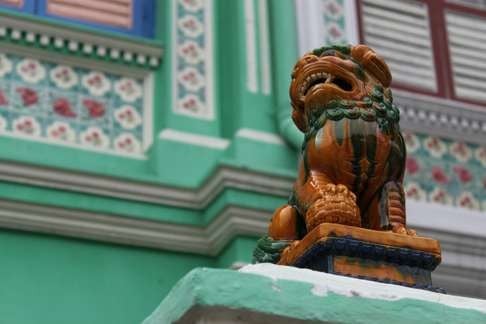
Pre-war architecture is rare in Singapore, but head a short distance east of downtown Singapore’s skyscrapers and giant malls to the Katong and Joo Chiat districts and you’ll discover a unique Peranakan neighbourhood that locals flock to for its cool cafes. Baroque Peranakan architecture can be found amid rows of traditional shophouses that date back to the 1920s. Visit Soon Seng Road to see a line of pre-war terraced houses in Straits Eclectic style complete with handcrafted ceramic tiles and animal reliefs.
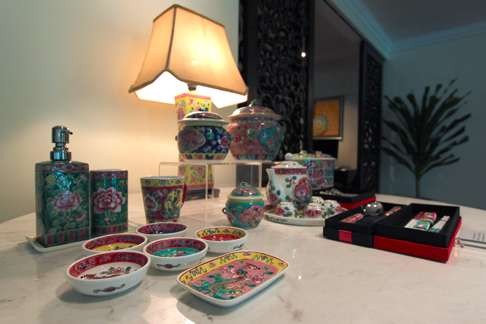
Nowhere is the recent revival of interest in Peranakan culture more evident that in hotel renovations. If Peranakan is becoming a trend, Katong and Joo Chiat district is its epicentre, and the new Hotel Indigo Singapore Katong (86 East Coast Road, hotelindigo.com) is an attempt to capitalise on the thirst for an alternative place to stay for those who’ve exhausted downtown Singapore. Housed in the former Joo Chiat police station, rooms include Peranakan art murals.
Back in downtown, business and luxury traveller favourite the InterContinental Singapore (80 Middle Road, intercontinental.com) has recently been refurbished with Peranakan style at the forefront. All rooms include simple Peranakan motifs and accessories, including a row of Peranakan-style shophouse rooms that cleverly spill into the surrounding mall.
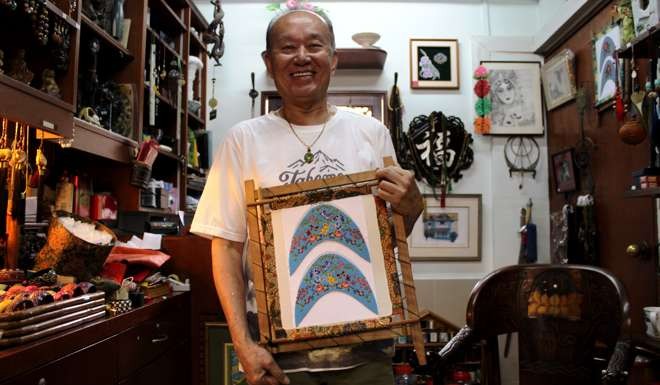
The perfect places to soak up Peranakan culture are the antique-stuffed “heritage spaces”: The Intan (69 Joo Chiat Terrac, the-intan.com), Rumah Bebe (113 East Coast Road, rumahbebe.com) and Katong Antique House (208 East Coast Road). The latter is a restored Peranakan home in the Katong and Joo Chiat neighbourhood run by Peter Wee, a fourth-generation Peranakan and president of the Peranakan Association. His two-storey shophouse contains kebayas (traditional blouses), intricately painted ceramics and kasut manek (beaded slippers) and more.
If you want to shop for those intricate and unmistakably Peranakan slippers, visit Little Shophouse (43 Bussorah Street) in the central Arab Street area of Singapore, where they still hand stitch the delicate beaded slippers, and even offer lessons in how to make them.
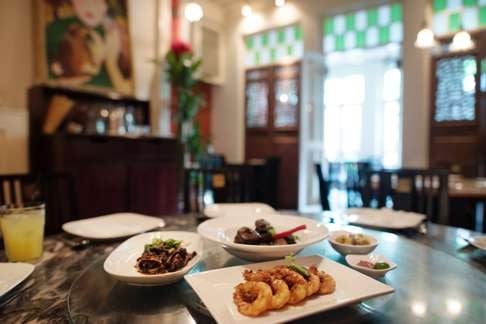
Often called the world’s first fusion cuisine, Peranakan food blends traditional Chinese cooking with local spices to create something new that’s often called nonya after the women who first created the dishes. Easily the most famous is nonya laksa, and the best known place to eat it at is the ever-popular 328 Katong Laksa (216 East Coast Road) in Katong and Joo Chiat.
High-end places to try Peranakan favourites like babi pongteh (Nyonya-style slow braised pork), ayam buah keluak (chicken cooked with an Indonesian black nut called buah keluak), Assam puteh (spicy soup) and nonya laksa include Candlenut Kitchen (Como Dempsey, Block 17A Dempsey Road, candlenut.com.sg), The Blue Ginger (97 Tanjong Pagar Road, theblueginger.com) and Straits Chinese Nonya Restaurant (34 Craig Road, straitschinese.com).
For more casual places to sample Peranakan food try the nonya kueh sweet shops in Joo Chiat or, back in central Singapore, Waterloo Street in Bugis. Near the Kwan Im Thong Hood Cho temple and Hindu Sri Krishnan temple are stalls selling simple nonya dumplings – rice and pork wrapped in banana leaves – for just a couple of dollars.